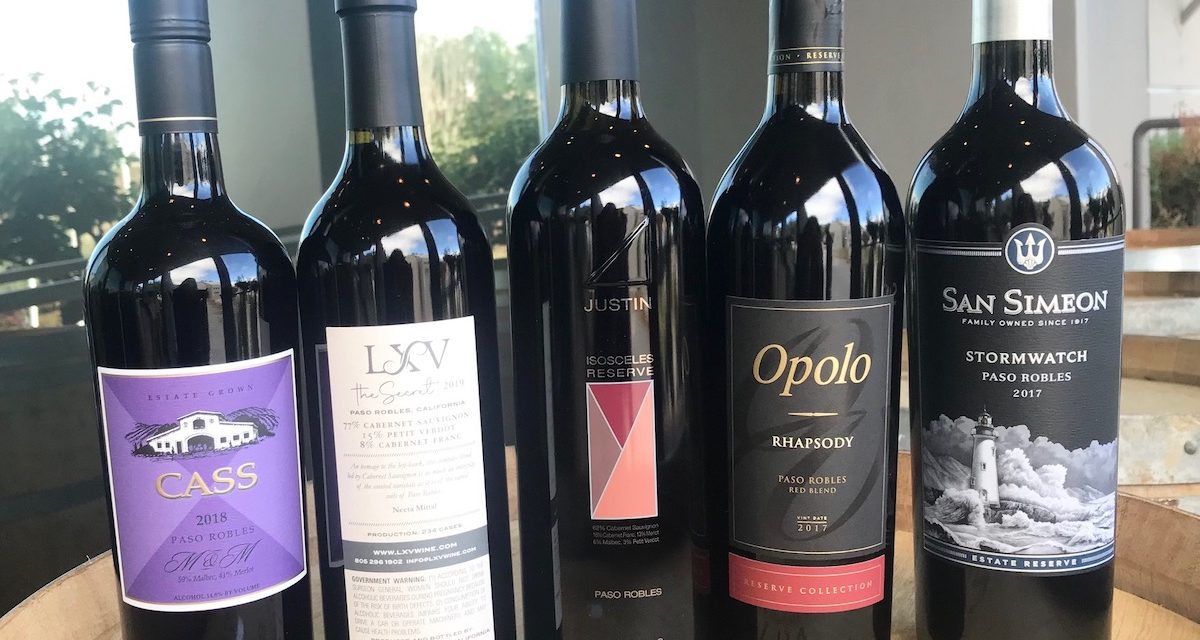
“Blending is an art,” stated Meridith May, publisher & editor-in-chief of The Somm Journal and The Tasting Panel Magazine. May was moderating a panel of five Paso vintners & winemakers at a seminar entitled Beguiling Blends. The seminar focused on Bordeaux-style blends was held at JUSTIN Vineyards & Winery’s barrel room.
Indeed, as an artist sits down with a box of paints to create that masterpiece, the winemaker handles a beaker of wine to craft that perfect blend. The winemaker’s palate is akin to an artist’s palette.
Blending that perfect combination of wines with different personalities can be daunting. However, for a blender-master, sometimes adding just a minuscule percentage of a grape variety can make all the difference in creating that memorable blend. It’s like that perfect note in a symphony or just a hint of spice in a pot of stew that transposes an ordinary experience to a sublime one.
The blending seminar was part of the CAB Camp, a three-day immersive experience hosted by Paso Robles CAB Collective (PRCC) and the Encino, California-based Somm Journal.
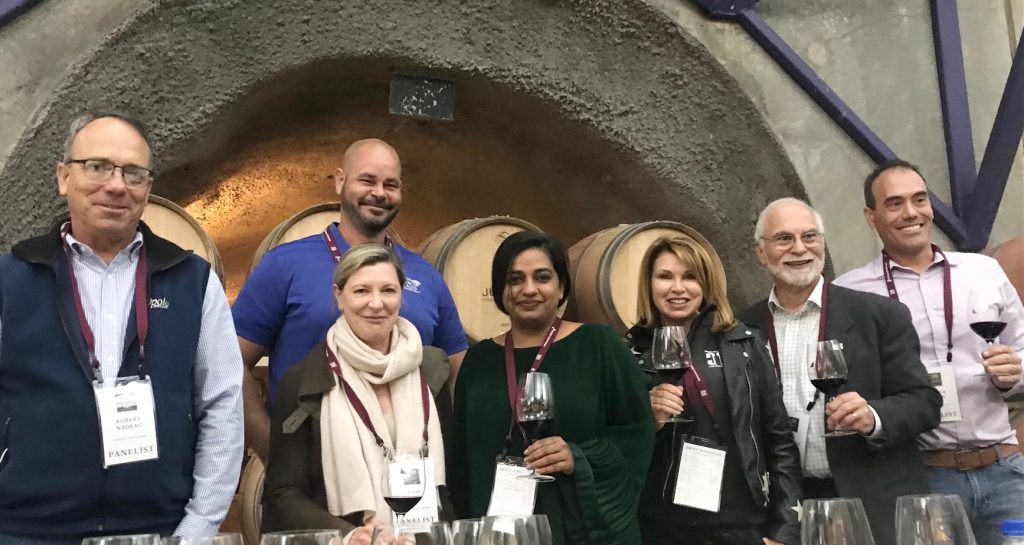
The CAB Camp brought together a group of 40 sommeliers and wine distributors from around the country who were in town to explore Paso’s vineyards and wineries and participate in panel discussions, all related to Paso’s Bordeaux-style wines produced from the five classic varieties — cabernet sauvignon, cabernet franc, merlot, petit verdot and malbec.
The seminars ranged from Fab Five, featuring the five classic Bordeaux varieties, and Cabernet Sauvignon, King of Paso Robles to Beguiling Blends.
I attended the Beguiling Blends session that included six industry professionals: Sterling Kragten, winemaker at Cass Winery; Susan Doyle, vice president of winemaking and vineyards at Riboli Family Estates; Neeta Mittal, co-founder, LXV Wine; Patrick Muran, winemaker at Niner Wine Estates; Robert Nadeau, grower relations manager at Opolo Vineyards; and Jim Gerakaris, JUSTIN’s sommelier.
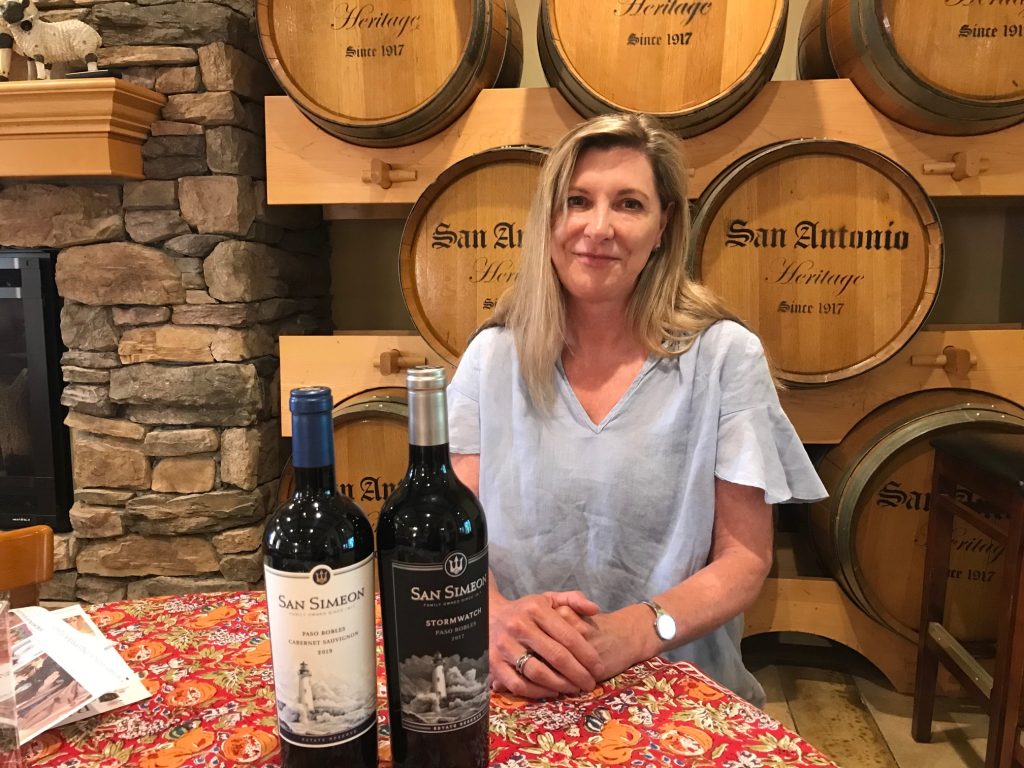
Doyle presented Riboli Family’s 2017 Stormwatch, a well-structured classic blend of five varieties. “I’m looking for complexity and structure,” Doyle commented on the blend. “I look at the nose and aroma of each variety that completes each other; even one to two percent can make a big difference in a blend.”
Doyle calls herself a minimalist. “I allow the wines to develop in a barrel over time. Once you put the blend together, it makes a complete wine; let it be terroir,not terror,” Doyle expressed.
There were few other classic five-variety blends. JUSTIN’s flagship Isosceles, the 2018 Reserve led by cabernet sauvignon, was layered with complexity and firm tannins. Opolo’s 2017 Rhapsody, a cabernet-driven blend with robust tannins and exuberant fruit, is a perfect match for a juicy rib-eye steak.
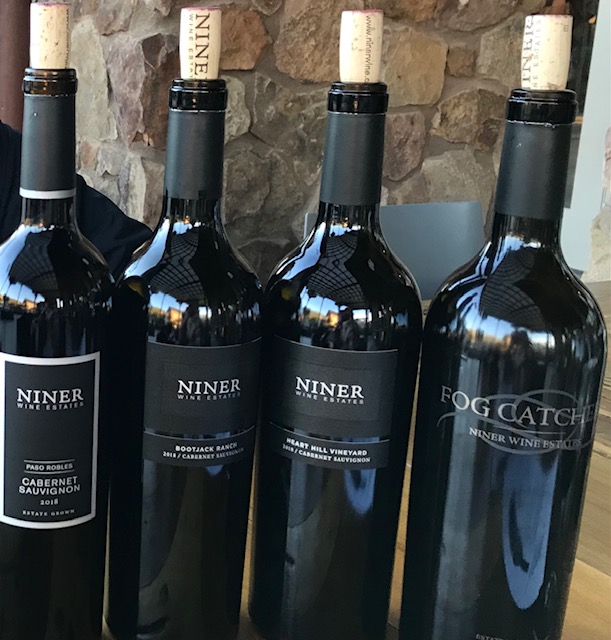
From Niner, the 2018 Fog Catcher, bursting with black fruits and violet scents, was another five-variety blend but with merlot replaced by carménère, a lesser-used sixth Bordeaux variety.
From Cass winery, Sterling Kragten presented the 2018 M & M, an unusual combination of merlot and malbec. “This is the first time I’ve done this blend,” revealed Kragten of his experiment which began with malbec. After trying a few other varieties, he decided on merlot. “I kept adding the wines till it came to a 50/50 blend,” he said of the 22-month barrel-aged wine redolent of sage and chocolate.
Inspired by her trips to Bordeaux’s Left Bank, especially by the wines of Chateau Kirwan, Neeta Mittal’s focus is on Paso and its expression.
“We aim to capture a rich concentration of cassis fruit along with just a hint of traditional cooler climate herbaceousness to make a balanced, layered blend that is elegantly expressive and will gracefully age, commented Mittal, co-proprietor of LXV Wine.
The 2019 The Secret, a cabernet-dominant blend with petit verdot and cabernet franc was textural with a hint of Paso garrigue. “Cabernet franc adds that lift and savory herbaceousness,” said Mittal.
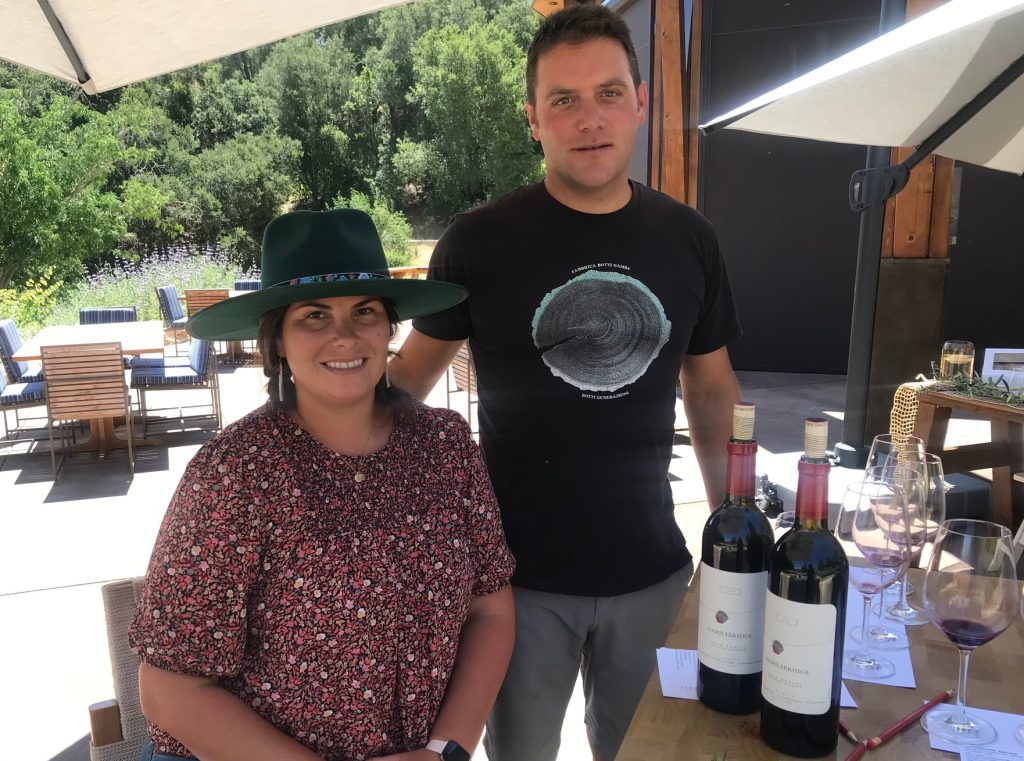
In addition to the above seminar, I recently came across another blending session, this time Paso’s Bordeaux-style blends compared with wines from Bordeaux itself at Sixmilebridge Vineyards, a new winery with a 25 acre vineyard planted in Paso’s Adelaida district.
The tasting presented by Sixmilebridge team of Hilary Yount (vineyard manager) and her winemaker husband Anthony Yount compared two of Sixmilebridge wines from the 2019 vintage crafted in the Right Bank and Left Bank style with older vintages of two wines from Bordeaux’s Left Bank mini appellation of St. Julien and Right Bank’s Pomerol.
Yes, they were distinctly different, expressing Old World earthiness and finesse and New World bold fruit. The Sixmilebridge Shannon, a classic blend of five varieties was lush with black cherries and dark chocolate, and Limerick in the merlot-driven Right Bank style, silky on the palate with flavors of red currant and evoking hints of wild chapparal.
“Our strength lies in the Right Bank style because of the limestone soil,” noted Anthony, referring to the merlot-driven wine.
As for his blending technique, Anthony added: “I’m always looking for texture, to see how the mouthfeel and richness work together.” The wines are aged for 22 months in a combination of new and neutral French oak. “As much as our influence is Bordeaux, we stay true to our site which is cleaner and brighter,” said Anthony of the Sixmilebridge house style.
In a classic Bordeaux blend, the house style is something most wineries adhere to. And JUSTIN is among those wineries expressing a style that comes from the consistency of its estate vineyards.
According to JUSTIN’s winemaker Scott Shirley, the underlying concept of a blend is what makes the best-tasting wine. “However, the same block will not perform [the same] every year and that’s one of the challenges — selection of blends is driven by mother nature.”

